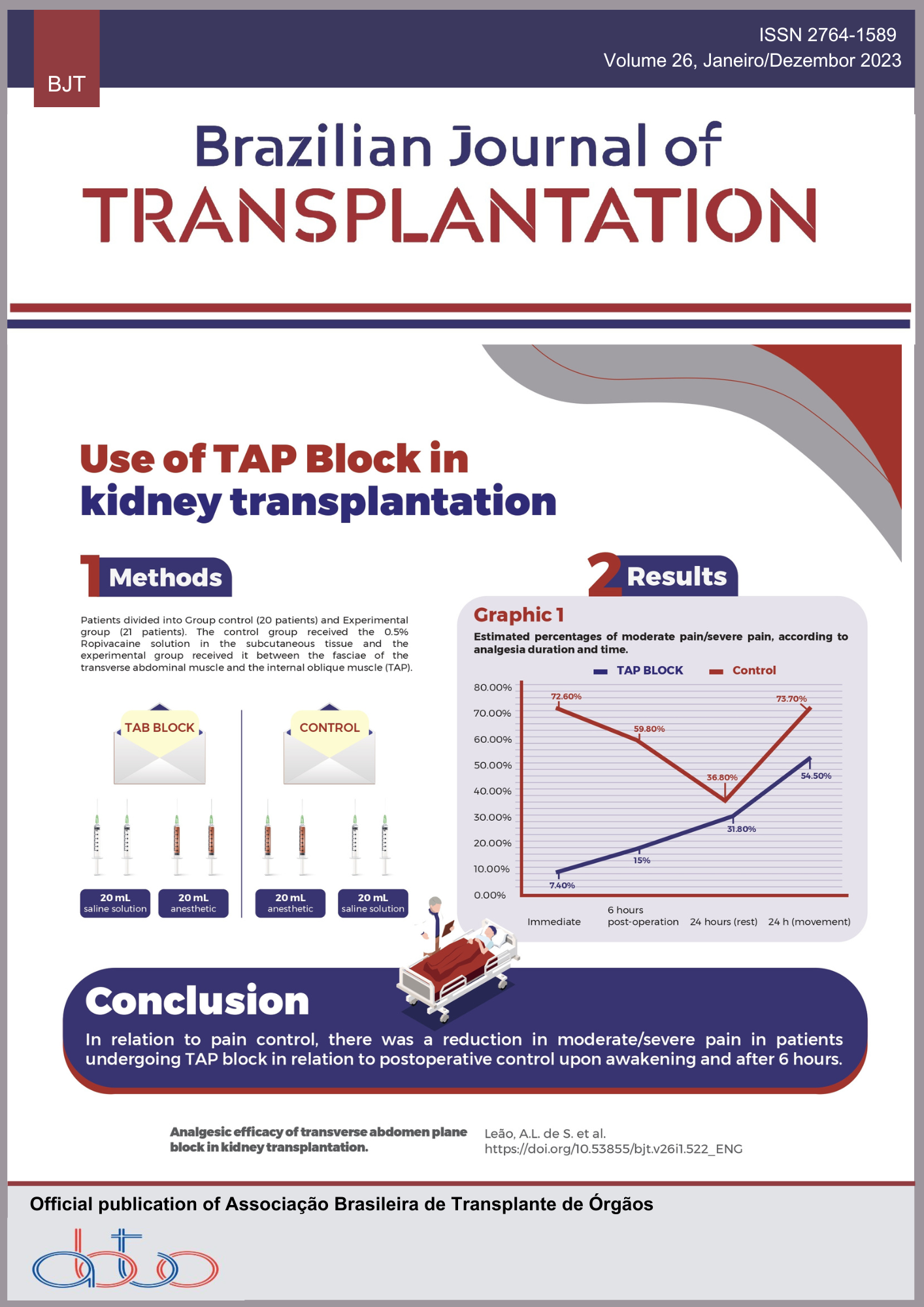Selection Criteria for Liver Transplantation and Bridge Therapeutic Modalities in Acute Liver Failure
Keywords:
Acute Liver Failure, Liver Transplantation, Prognosis, Extracorporeal Life SupportAbstract
Introduction: Acute liver failure (ALF) is a condition that can rapidly progress to multiorgan failure. Therefore, differentextracorporeal liver support systems have been developed to function as a bridge to transplantation or spontaneous survival. Conversely, the shortage of organsdemands a rigorous selection process to determine whom should receive transplantation and several prognostic models have been proposed to identify the patients who would benefit the most from liver transplantation (LT). Objectives: A review of the mainselection criteria used for LT in ALF is carried out, focusing mostly on the new proposed prognostic markers, and aiming to identify poor prognosis criteria associated with futility in LT. Extracorporealliver support systems (ECLS) were also reviewed, including an analysis of their impact on the survival of patients with ALF. Methods: MEDLINE and PubMed databases were searched between 16th October 2021 and 5th December 2021. The inclusion criteria were: adult patients; patients with acute liver injury (ALI) or ALF; observational studies; clinical studies; case series; case-control studies; systematic reviews; meta-analysis. Discussion: King’s College criteria (KCC) have been widely used and despite good specificity, have low sensitivity. Several markers have been used to improve prognostic accuracy, but the results are not sufficiently clear. Patient age, ABO incompatibility, and poor-quality grafting were potential factors that could indicate potential futility in LT. ECLS have a positive influence in clinical and laboratory parameters; however, there is no clearevidence of improvement in survival. Conclusion: ALF is a heterogeneous syndrome, which brings into question of the studies carried out to evaluate prognostic criteria to select patients for LT. It also narrows down the studies performed to evaluate the impact of ECLS on survival.
Downloads
Downloads
Published
How to Cite
Issue
Section
License
Copyright (c) 2023 Daniel Francisco Medina Dias, Dulce Diogo, João Madaleno, José Guilherme Tralhão

This work is licensed under a Creative Commons Attribution 4.0 International License.









